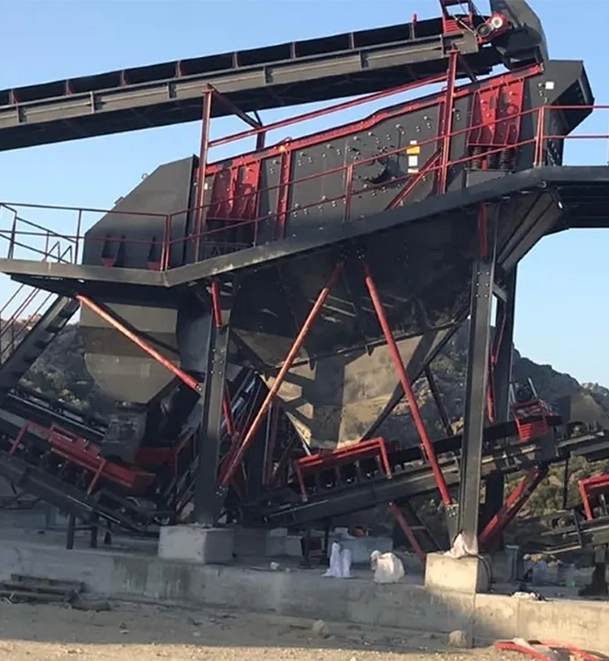Bricks price vary depending on the material used, production method and demand. Widely used in the construction industry, briquettes are preferred for their durability and thermal insulation. Fluctuations in production costs and energy prices can directly affect briquette prices. Increases in demand due to the intensity of construction activities can lead to fluctuations in prices.
Transportation costs and the location of sales points can also be effective in determining bricks price. Therefore, prices may also vary depending on the project and geographical location. The prices of briquettes have been in a wider range in recent years as a result of the increasing interest in environmentally friendly materials and the availability of briquettes produced from recycled materials in the market.
Briquettes are a lightweight and durable building material that is frequently used in the construction industry. The advantages of this raw material can be listed as follows:
Bims Briquette Prices
Pumice briquette prices may vary depending on various factors. The quality of the raw material used, production techniques and technologies are the main factors affecting prices. Pumice briquettes stand out with their light and porous structure. These characteristics are decisive in the production process that affects the cost of the material. In addition to production costs, changes in energy prices also directly affect the market prices of pumice briquettes.
The prices of pumice briquettes may also vary according to the usage areas of the product. For example, briquettes in standard sizes used in interior and exterior wall construction are more affordable, while pumice briquettes produced for special projects and in special sizes can be more costly. This is a factor that should be taken into account when budgeting the project, especially for architects and engineers.
Regional demand and supply balance also plays an important role in determining prices. Pumice briquette prices may be higher in big cities and regions where construction projects are intense. Transportation costs, logistics costs and economic conditions can also have an impact on prices. In addition, with the increasing demand for environmentally friendly materials, pumice briquettes produced from recycled materials have also found a place in the market, expanding the price range.

Bricks Price 2024
Briquette is one of the basic building blocks of the construction industry. This building material is frequently preferred due to its durability and affordability. In 2024, how briquette prices will be shaped is closely related to developments in the construction sector and economic factors.
Inflation rates in the Turkish economy are one of the leading factors directly affecting briquette prices. A rise in inflation may increase production costs and be reflected in briquette prices. In 2024, stable or declining inflation rates may stabilize briquette prices.
The prices of raw materials such as cement, sand and aggregates used in briquette production determine the cost of the final product. In 2024, possible problems in the supply of these raw materials or price increases may raise briquette prices. In particular, fluctuations in exchange rates may affect the cost of imported raw materials.
Increases in electricity and natural gas prices may also increase production costs. In 2024, possible increases in energy costs are an important factor that may affect briquette prices. The shift towards renewable energy sources and energy efficiency efforts may offset these costs.
Activity in the construction sector directly affects briquette demand. In 2024, public investments, urban transformation projects and increases in housing construction could boost demand for briquettes. Increased demand may cause prices to rise. However, competition in the sector and the use of alternative building materials may stabilize prices.
How to Make Briquettes?
Briquette making is carried out with briquette machines equipped with the latest technologies. This process requires careful and specific handling in terms of building material production. The main materials used include pumice stone, cement and water.
First, the pumice stone is crushed in special machines and cut to the appropriate size. This crushed pumice aggregate is mixed with cement and water in certain proportions. The mixture is processed in mixing machines until it reaches a homogeneous consistency.
The homogenous mixture is poured into pre-prepared molds. The molds determine the final shape and dimensions of the briquette. After the mixture is placed in the molds, the molds are vibrated in vibration machines. This process ensures that the briquette has a firmer structure and minimizes air pockets. After the vibrating process is completed, the molds are removed and the briquettes are transported to the drying area.
The drying stage is very important to increase the durability of the briquettes. The briquettes are dried in open air or in special drying rooms for several days. During this process, the moisture remaining in the briquettes evaporates completely and the briquettes harden. After drying is complete, the briquettes are ready for use.
For more information about the briquette machine, please contact CONMACH.